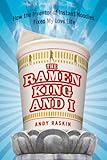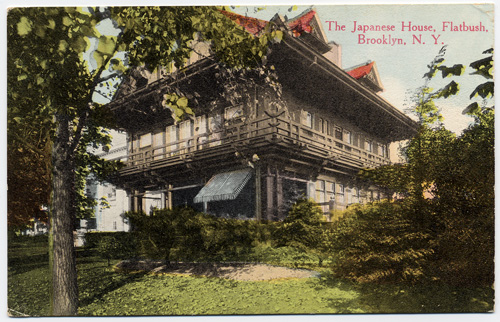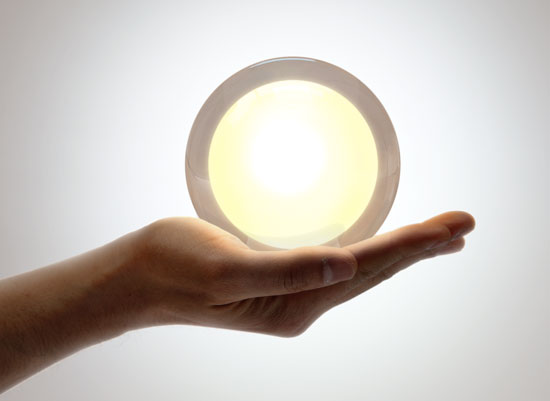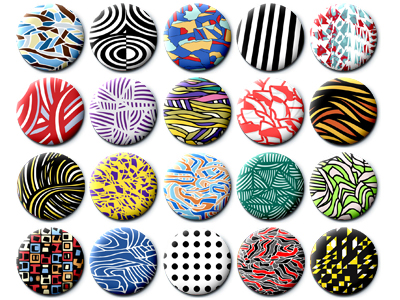
We make assumptions about people based on what they wear, what they look like, who they associate themselves with. Wearing one thing will signify another, a sort of subliminal message about the individual. A symbol if you will.
I came across this blog about BADGES.
On Iriszalokar's Blog, she writes about the new trend - badges.
"A badge is a device, patch, or accoutrement which is presented or displayed to indicate some feat of service, a special accomplishment, a symbol of authority granted by taking an oath (e.g., police and fire), a sign of legitimate employment or student status, or as a simple means of identification. They are also used in advertising, publicity, and for branding purposes.
Badges or patches can be made from metal, plastic, leather, textile fabric, rubber, etc., and they are commonly attached to clothing, bags, footwear, transportation vehicles, home electrical equipment, etc."
While it may be the next stylish thing, I couldn't help but think about other badges:
The Scout earning their badges.
The patches scene kids wear of their favorite bands
The circle pins that were originally worn by punks claiming anarchy.
The medals war heroes being home.
Pieces of "flair" for individuality.
But the key is that by putting a badge on yourself, you are becoming a walking advertisement for something, whether a belief, accomplishment, statement, or preference. Isn't that what fashion has become anyway? Advertising yourself?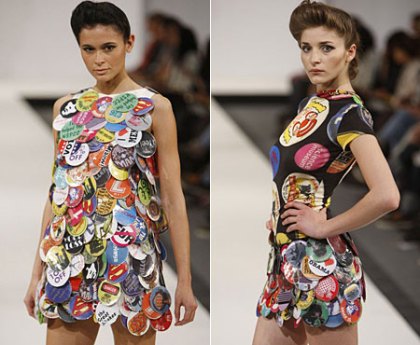
Some people may take it a little overboard.

































